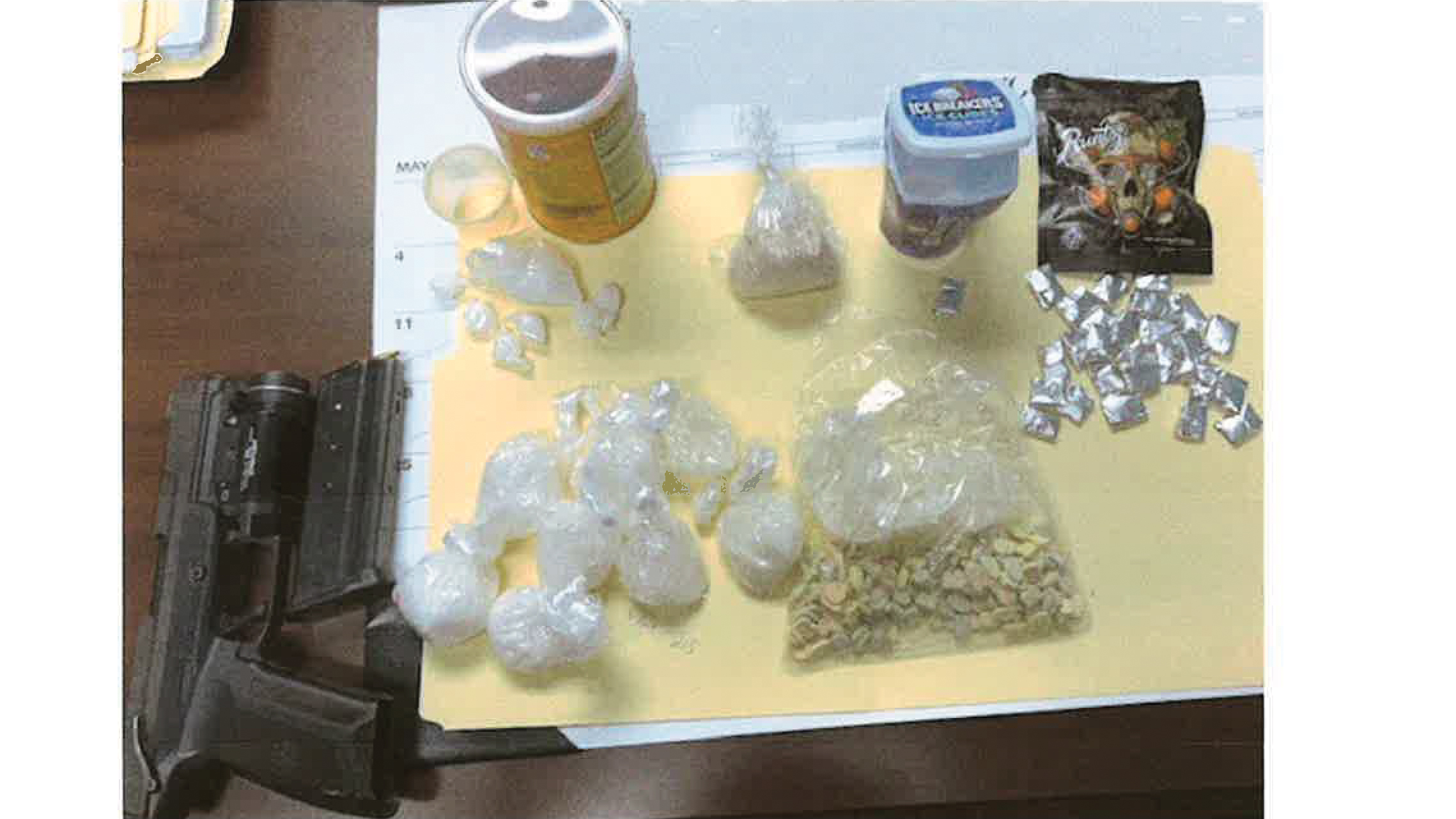Gardening season has arrived
Published 8:19 pm Saturday, April 23, 2016
Though I have never broken ground with a mule and plow, the tiller I spent three hours behind recently kicked as much and was as ornery as any ass.
We’ve always had a garden, but I’ve always had access to a tractor and disc to break the ground. I assumed working a tiller would be just as simple. I could not have been more wrong.
To start, I had to convert an old boat trailer into a small, flat-bed trailer just to have a way to haul a tiller. My wife and I both drive SUVs and no tiller worth having will fit in the back of either. Once that task was complete, the good folks at Brookhaven Rent-All were more than happy to loan me a tiller.
My only previous tiller experience was watching my father use a large, rear-tine tiller. There was some effort involved, but it looked fairly easy. The front-tine tiller I stood behind recently was not the same beast. It pulled like a mule and required every ounce of energy I could muster to stop it from running away. It was determined to merely skip across the earth, rather than turn it into powdery, garden-ready soil. I don’t blame the tiller, but rather my lack of experience with it.
After the first couple passes over our 15-by-30 plot, the ground looked a little disturbed, but broken it was not. So I made several more passes, followed by raking out the clumps of grass. I repeated that process a dozen times until my hands refused to grasp the tiller’s handles.
Maybe it was arthritis (I’m an old man at 34), or maybe my body simply refused to endure any more punishment, but I couldn’t will my hands to hold the tiller back any longer. At the end of the day, we had a sort-of tilled plot of ground, but no rows to plant in. It also rained immediately after I finished, so the garden plot is little more than a mud hole now. And since we decided to locate the garden within our back-yard fence to protect it from the deer, we now have a large, rectangular mud hole for a view out the back windows.
My time behind the tiller brought into perspective just how much work was required to plant a garden before tractors and tillers were affordable for most farmers. Working a mule and plow was back-breaking I’m sure, but most country folks planted a garden in order to survive. No garden, no food. So regardless of how painful it was, the ground had to be broken and a garden planted.
The garden is important at our house, but not that important. We’ll survive just fine if we have to buy our produce, though the idea of a summer without garden-fresh tomatoes makes me sick. I’m not sure what has happened to grocery-store tomatoes, but they taste nothing like the fruit that comes from a garden.
The biggest reason we plant a garden is for our children to understand where food comes from, or at least understand how much work it takes to produce food. The large-scale produce operations that supply most of the nation’s food supply resemble my back-yard garden about as much as the sun resembles a flashlight. But they learn that it takes work to coax a plant out of the ground, and even more work to keep the weeds, rabbits and deer at bay while that plant matures. Of course, the real work only begins once the produce is harvested. Shelling butter beans and shucking corn is much more work than planting.
We have embraced conservation writer Aldo Leopold’s thoughts on gardening: “There are two spiritual dangers in not owning a farm. One is the danger of supposing that breakfast comes from the grocery, and the other that heat comes from the furnace. To avoid the first danger, one should plant a garden, preferably where there is no grocer to confuse the issue,” he wrote.
Though we can’t remove the grocer from our lives, we can appreciate the bounty of a back-yard garden. The tiller may have gotten the best of me this year, but we’ll soon get the best of what a 15-by-30 plot can offer.
Luke Horton is the publisher of the Daily Leader.




